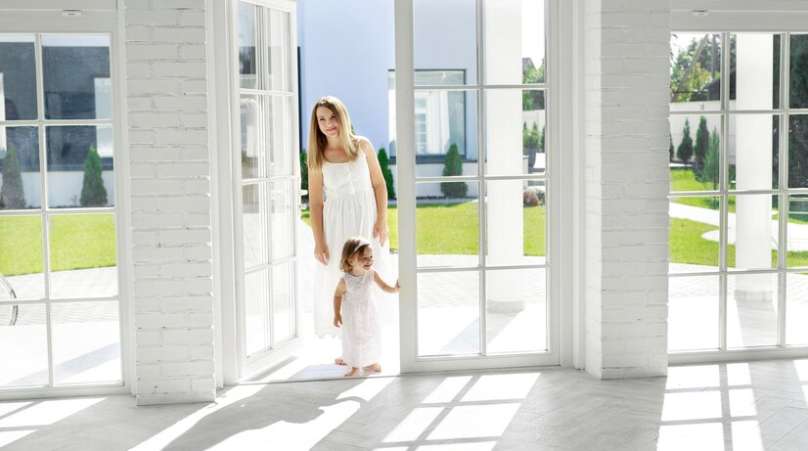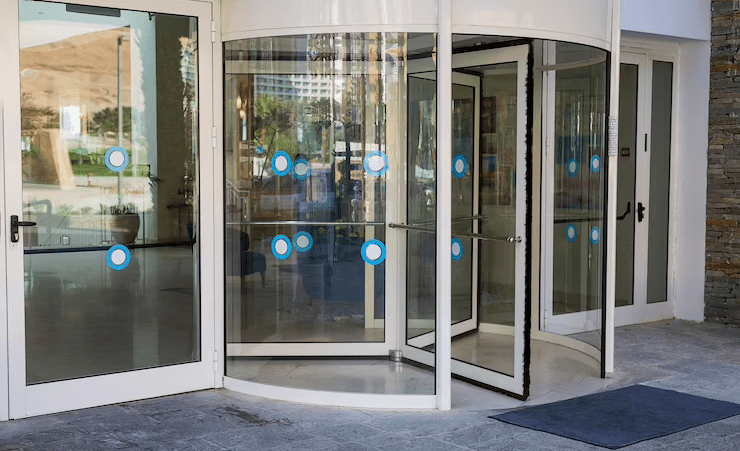In recent years, the global discourse on sustainability has intensified, with individuals and industries alike recognizing the imperative need to reduce their environmental footprint. Among the many areas undergoing transformation, the construction sector stands out as a significant contributor to resource depletion and carbon emissions. In this context, the increasing demand for the use of recyclable uPVC (unplasticized polyvinyl chloride) windows and doors emerges as a promising trend in fostering sustainability within the built environment.
uPVC, a versatile material known for its durability, thermal efficiency, and low maintenance requirements, has gained traction as a preferred choice for window and door frames. What sets recyclable uPVC apart is its potential to be repurposed at the end of its lifecycle, thus closing the loop on resource utilization and minimizing waste.
One of the primary environmental benefits of recyclable uPVC lies in its ability to reduce reliance on virgin materials. By incorporating recycled content into manufacturing processes, the demand for new raw materials is diminished, thereby conserving natural resources and curbing energy consumption associated with extraction and production.
Furthermore, the recyclability of uPVC facilitates a circular economy model wherein products are designed to be reused, remanufactured, or recycled at the end of their lifespan. This not only diverts waste from landfills but also reduces the environmental impact associated with disposal.
From an energy perspective, uPVC windows and doors contribute to enhancing the thermal efficiency of buildings, thereby reducing heating and cooling demands. This translates to lower energy consumption throughout the building’s lifecycle and a subsequent decrease in greenhouse gas emissions.
In addition to their environmental advantages, recyclable uPVC windows and doors offer homeowners and businesses a cost-effective solution in the long run. Their durability and low maintenance requirements translate to reduced replacement and upkeep costs over time, making them a financially prudent investment.
As the demand for sustainable building solutions continues to grow, the adoption of recyclable uPVC windows and doors is poised to become increasingly prevalent. Architects, developers, and homeowners are recognizing the importance of choosing eco-friendly materials that not only enhance the performance and aesthetics of buildings but also align with broader environmental objectives.
At Amana Projects, we are committed to promoting sustainability within the construction industry. Through our range of eco-friendly building solutions, including recyclable uPVC windows and doors, we strive to empower our clients to make environmentally conscious choices without compromising on quality or design.
By embracing recyclable uPVC windows and doors, we can collectively contribute to safeguarding the environment for future generations while enjoying the numerous benefits they offer in terms of performance, durability, and cost-effectiveness.
For more information on our sustainable building solutions, visit Amana Projects.
In conclusion, the increasing demand for recyclable uPVC windows and doors represents a positive shift towards more sustainable practices in the construction industry. By choosing these environmentally friendly alternatives, we can mitigate the environmental impact of buildings, conserve resources, and move towards a greener, more resilient future.





